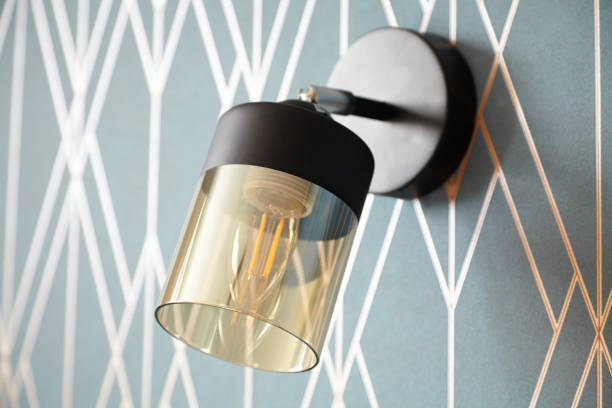Wall lamps, also known as sconces, are a fascinating facet of interior design that seamlessly merges art and functionality. In this article, we will delve into the captivating world of wall lamps, from their historical evolution to their versatile applications in modern design, highlighting their role in illuminating spaces while enhancing their aesthetic appeal.
A Glimpse into the Past: The history of wall lamps is a journey through time, beginning with their humble origins as torch holders and candle sconces. Over the centuries, these fixtures have evolved, adapting to the changing technologies and design sensibilities of each era. Today, wall lamps have transcended their utilitarian origins, becoming a symbol of elegance and sophistication.
Aesthetic Versatility: One of the most striking characteristics of wall lamps is their aesthetic versatility. These fixtures come in a wide array of styles, materials, and shapes, making them suitable for a multitude of interior design themes. Whether your preference leans towards traditional sconces with intricate details, sleek and contemporary designs with clean lines, or industrial-inspired sconces with exposed bulbs, wall lamps have the ability to complement and enhance the overall decor of a space.
Elegance and Functionality: Wall lamps are a perfect embodiment of elegance and functionality. Not only do they provide ambient and task lighting, but they also serve as decorative accents. Their soft, indirect lighting creates an inviting and cozy atmosphere, making them an ideal choice for bedrooms, hallways, or living rooms. Wall lamps can also be strategically placed to accentuate artwork or architectural features, contributing to the overall aesthetics of a room.
Space-Saving Brilliance: A notable advantage of wall lamps is their space-saving design. By mounting them on the wall, you save valuable floor and surface space, providing a clutter-free and open feel to your living spaces. This attribute is especially valuable in areas where floor and table space is at a premium, such as bedrooms where wall lamps can replace traditional bedside tables.
Customizable Illumination: Modern wall lamps often feature adjustable arms or heads, allowing you to direct the light precisely where you need it. This adaptability makes them ideal for focused task lighting, such as reading or working. With the right wall lamp, you can tailor the lighting to suit your specific needs, ensuring that it enhances your daily activities.
Conclusion: In conclusion, wall lamps are a striking combination of artistic expression and practical functionality. Their rich historical legacy, wide range of styles, space-saving attributes, and ability to create ambiance make them a valuable asset to any interior. Whether you opt for traditional, contemporary, or industrial-inspired designs, wall lamps are a testament to the enduring allure of merging art and utility. The next time you seek to elevate your living space, remember that wall lamps are not just lighting fixtures; they are versatile elements of interior design that effortlessly balance aesthetics with functionality, beautifully illuminating your world.


